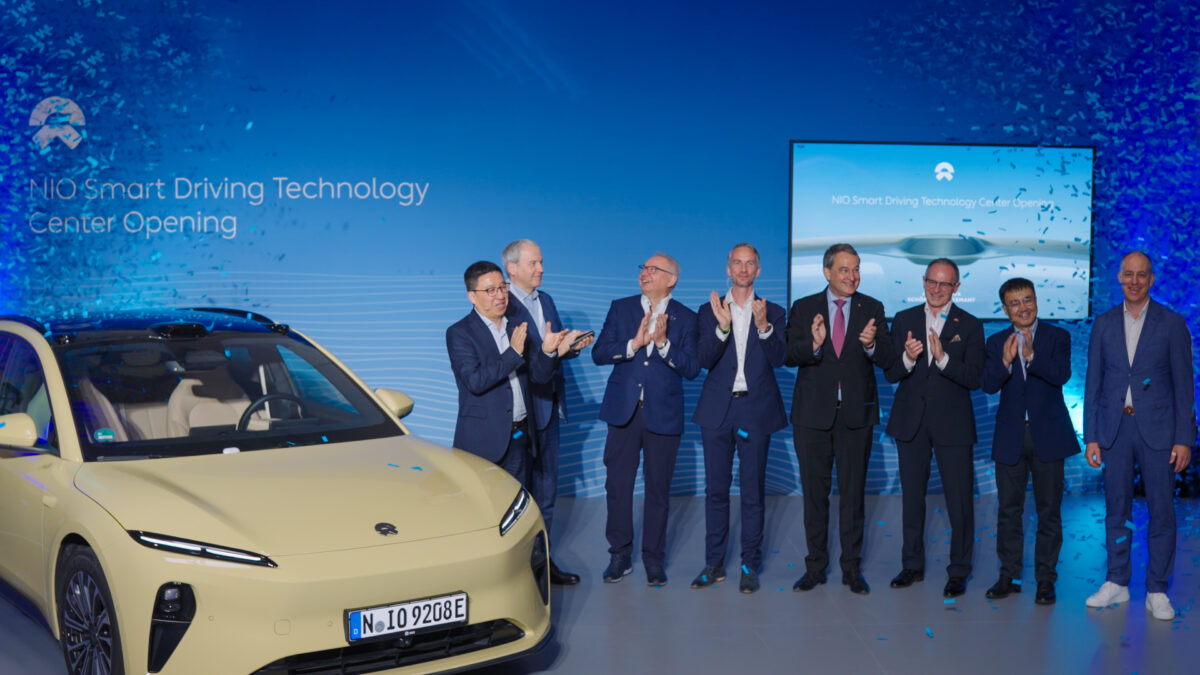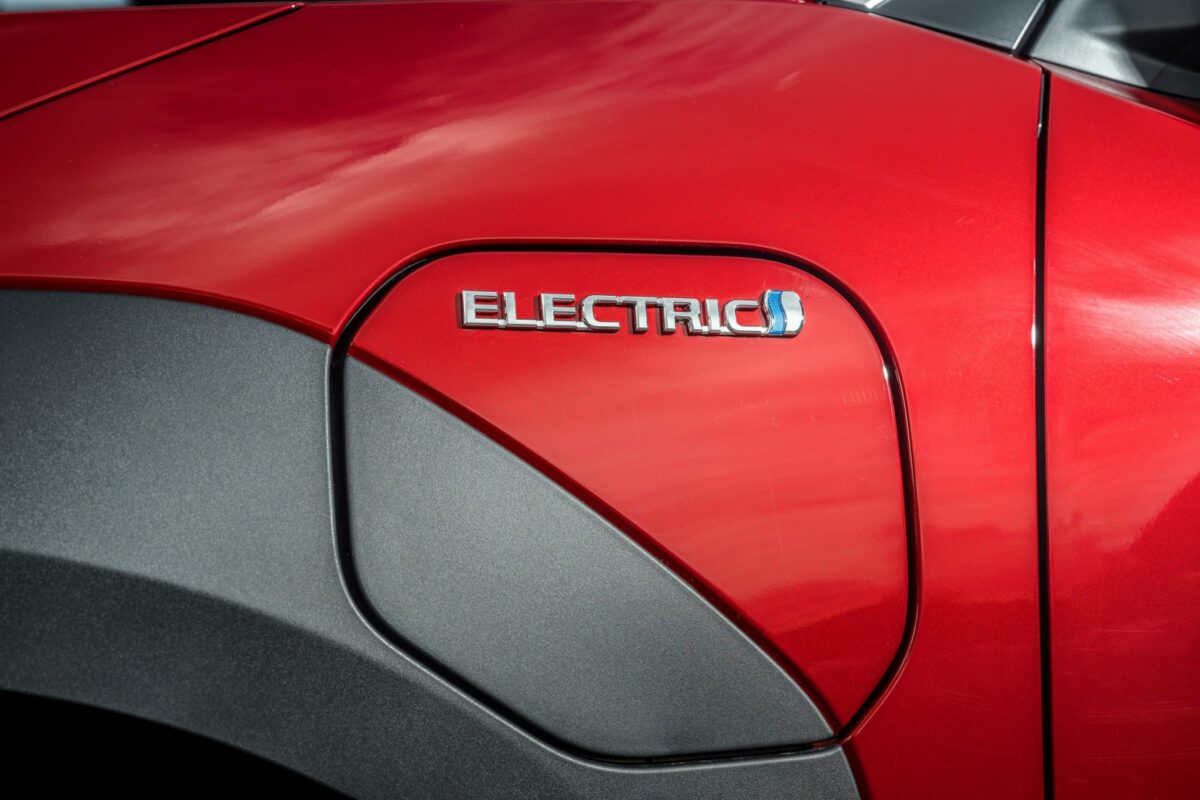With a range of up to 136 miles (219km) and a retail price of around US$35,000, the well-received styling of the ‘Honda e Prototype’ has now morphed into a confirmed production car, badged ‘Honda e’ and ready to hit showrooms in Europe and Japan from the summer of 2020.
Its significance? Behind the fun, retro appearance of the Honda e lies a car that will act as a cornerstone to Honda’s electrification strategy and could help the automaker find its mojo.
Honda’s current plans call for 15% of its global sales to be zero emission by 2030, either as battery electric or fuel cell vehicles. Half of all sales will be made up by hybrids—the next-generation Honda Jazz (Fit), for example, will launch in 2020, and will only be offered in Europe with a hybrid powertrain—and the remaining 35% will use internal combustion engines with enhanced thermal efficiency. At the 2019 Geneva motor show, Honda increased its commitment to fully electrified vehicle sales in Europe by 2025 from two thirds to 100%, and at the Frankfurt IAA, the unveiling of the Honda e delighted commentators for remaining so true to the highly popular Geneva concept.

All automakers are under pressure to quickly establish electrification within their product portfolios, but it comes at a significant moment for Honda. Speaking at a recent event held for its suppliers, the automaker’s Chief Executive Takahiro Hachigo reportedly warned that Honda is facing a crisis and that it urgently needs to take a new direction, one that involves centralisation and simplification, with a repositioning of R&D and an overhaul of its product portfolio. In November, with profitability already down by more than half in the last two years alone, Honda announced it had cut its annual profit and global sales outlook to a four-year low, news that it tempered with confirmation of a US$915m share buyback.
A number of significant corporate announcements have already been made this year, including the decision in February—and confirmation in May—to close the Swindon, UK factory in 2021 at the end of the current Civic production lifecycle, one of several changes to its global manufacturing restructure which formed part of the company’s plan to “focus activity in regions where it expects to have high production volumes”. The first automaker to establish a North America factory in 1982, Honda opened its UK factory to supply Europe a decade later, and in 2018/19, it produced a record 5.357 million vehicles worldwide, with overseas output accounting for around 83% of the total, at 4.425 million units.

Factory closures and redistribution of production are not unusual for an automaker, but Honda is making a number of changes which will see production in Argentina, Turkey and the UK end by 2023, countered by increases in output elsewhere over the same timeframe keeping the automaker’s output relatively stable across the outlook period, but below the record level of 2018.
Another key challenge for Honda is to get its Acura strategy right. The automaker wants to succeed with its higher-end brand in the US and then build sales globally, but the success of a brand in North America—Acura accounts for around a tenth of Honda’s North American sales—is no guarantee of success in markets where it currently has no presence, and where European brands dominate the upper and premium segments of the market.
The automaker’s focus on consolidation is underlined in a new Automotive World report which explores Honda’s strategy and prospects over the next five years. “The focus over the next few years is not on expansion, but on plant closures, capacity reduction, simplification of the model range and other efficiency gains,” said report author Jonathan Storey. “Some of the freed-up resources will be devoted to the development of electrified powertrains, automated driving and driving support technologies, and some will go to improving the division’s lacklustre financial performance.”

When it came, the announcement of the company’s withdrawal from manufacturing in Europe was a surprise, but it needs to be seen in the wider context of the EU-Japan Economic Partnership Agreement. This Agreement came into effect in February 2019, and will enable the automaker to ship vehicles under favourable terms into a market where its influence has so rapidly shrunk—Honda currently sells just 133,000 vehicles in Europe.
“From a European perspective, the company has under-performed the market for over a decade as its share dwindled from 2% in 2007 to 0.9% in 2018 and 0.8% in 2019 to date,” explained Storey. “With the planned closure of its assembly plant in the UK and the end of Civic production at its plant in Turkey, this under-performance looks set to continue.”
Fiercely independent, Honda sees a future in strategic partnerships—it is jointly developing fuel cell stacks in Michigan with GM, and the two automakers also have a partnership through the latter’s Cruise subsidiary to develop autonomous vehicle technology. How much longer an automaker with a long-standing inability to exceed a 5% operating margin can justifiably remain independent, however, might just depend not on whether it can find its mojo, but whether it can get its mojo working.



